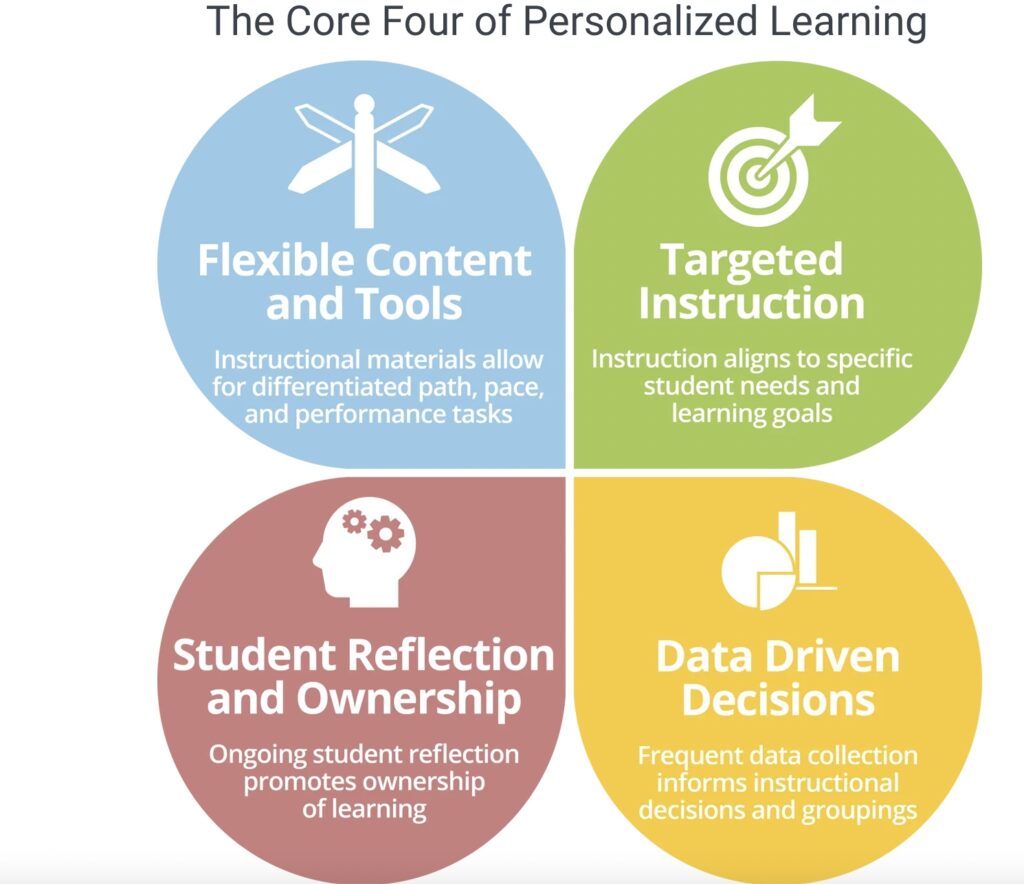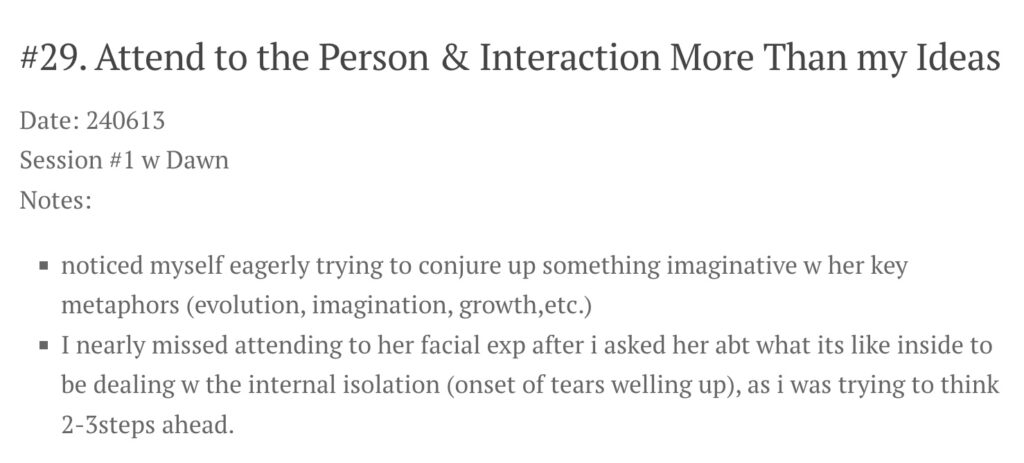It’s nice to have the desire to improve therapy outcomes, but it’s also important to ask the question: how? How do you actually make changes in the outcomes of your clients?
A created a video about how to *actually* improve as a therapist. In the video I spent a lot of time deconstructing things that we think will help us improve our therapy outcomes with clients but actually have very little bearing on the outcomes our clients have.
In that video I didn’t spend almost any time discussing how to actually make those improvements. So I thought it would be helpful to cover practical tools that can be implemented immediately in order to improve therapy outcomes.

I Have A Book Recommendation For You!
I’ve started reading the book, Better Results (affiliate link), by Scott D. Miller, Mark A. Hubble and Daryl Chow. It is fabulous! They have all kinds of practical tools for how to improve your therapy outcomes.
Today, I want to focus on one of those tools that can be implemented right away.
One of the critical elements that is repeated throughout the “Better Results” text is the importance of having an individualized tailored plan for how each individual therapist improves.
Offering a blanket statement towards all therapists is going to fail to capture whatever each particular therapist needs. We all need to have our own unique learning plan.
What Is A Personalized Learning System?
One educational model that is utilized to do this is called a “Personalized Learning System” or PLS. According to the Department of Education, “Personalized learning refers to instruction in which a pace of learning and instructional approach are optimized for the needs of each learner.”
I found a diagram from a website called “Education Elements” quite helpful in depicting what PLS looks like.

In this article, I wanted to focus on the “Student Reflection And Ownership” category.
There are things we can do immediately to own and reflect on our own growth in order to improve our outcomes going forward.
Tip: Capture Weekly Therapy Learnings
One tip that Daryl Chow offers that feels really accessible is to capture weekly therapy learnings.
Basically, this means we can focus on being our own teacher and find our own filing systems to file away our learnings.
This makes complete sense to me! Often I will be in a consult group, or reflecting on my own sessions and I will think: “Next time I want to do things a little bit differently. I learned something today that I want to remember for next time.” And then often I forget that idea.
So Chow suggests that we have a system for tracking these key takeaways so that we can commit them to our own memory and practice them.
He suggests having a dedicated document where you record a short summary of your takeaways for each week. Every week you would continue to log in new “twitter snippets”.

In each “snippet”, Daryl Chow advises therapists to include the date, a succinct, catchy title, and a one sentence summary of that week’s learning.
He also says that it can be helpful to write out what happened with a specific case that prompted the new learning. This can help you jog your memory when you go back and review what you wrote.
His suggestion is to keep these weekly learning recaps to 140 words. Having that constraint can be helpful when you go back to review your thoughts, especially when you have developed a long list. Having a word limit also forces you to focus on what the key takeaway is without overly elaborating on it.
Want Some Examples Of Weekly Learning Notes?
I found another article where Darryl Chow shares samples of his own notes and how he goes about this weekly record keeping.
I will share one of his examples:

Have you done this before? I have! For example, a client may be going through something right in front of me, and it would be really helpful to pause and say, “I wonder what’s coming up for you? I notice you’re tearing up a little bit.”
But instead, my brain is already 2-3 steps ahead on a cool intervention that I would want to implement. And then I totally miss the moment. So relatable!
Chow’s learning takeaway was: “attend to the person and the space between us, more than to my ideas.”
I know this sounds like something that we all learn in our training. His takeaway for that week isn’t some revolutionary new concept. Sometimes we can miss these seemingly more basic elements of therapy from time to time because we’re human. It’s helpful to try to catch those and document them. Because if we miss it one time, then we might miss it again.
What Are The Benefits?
The idea behind this weekly journaling is that if you pause and do this every week, it will help lock your learning takeaways into your memory.
Over time you will have collected weeks, months or even years of data points of all these learnings. If you take the time to review them you might gain new insight as you see an overview of patterns and themes.
Reminding yourself what you learned in the past can help solidify the memory of your learning, because the retrieval piece is what we are trying to train by doing this exercise.
For example, the next time Daryl Chow is in a session where his client is tearing up, he can remember his learning takeaway and check in with his client instead of mentally jumping ahead.
Application Ideas
Of course there is a lot you could do with this journaling strategy. For instance, you can use it for your own self reflection. Maybe once a quarter you go through and review all your learnings for that quarter.
Or maybe you do it together as a consult group. Each of you can individually keep track of your weekly learnings and then occasionally share them with each other. Both so you can teach each other new things and also invite feedback from outside trusted observers.
I wanted to share this tool with you because it felt accessible and very doable. Is this going to be the thing that completely revolutionizes all of your therapy? Probably not. But, can you add in a few different tools that are easy to access and see a benefit in your therapy work? Perhaps!
So, in my opinion, it seems worthwhile to give this weekly journaling idea a try. And then continue to add on accessible, doable tools (like this one) until you have a robust system in place that can help improve therapy outcomes. *Hopefully!*
Want Some Other Ways To Improve?
I have a few other articles that cover strategies that would help improve your therapy work.
If you are working with a stuck client, I have an article about strategies to try when your client is not improving.
And, while it is not often thought of first, I think hospitality is an essential tool in helping clients feel safe and that their care is prioritized. Check out my article that lists 12 different ways to show hospitality as a therapist.
And until next time, from one therapist to another: I wish you well!
-Marie
Image by Mohamed Hassan from Pixabay
Photo by Artem Podrez on Pexels
Leave A Reply